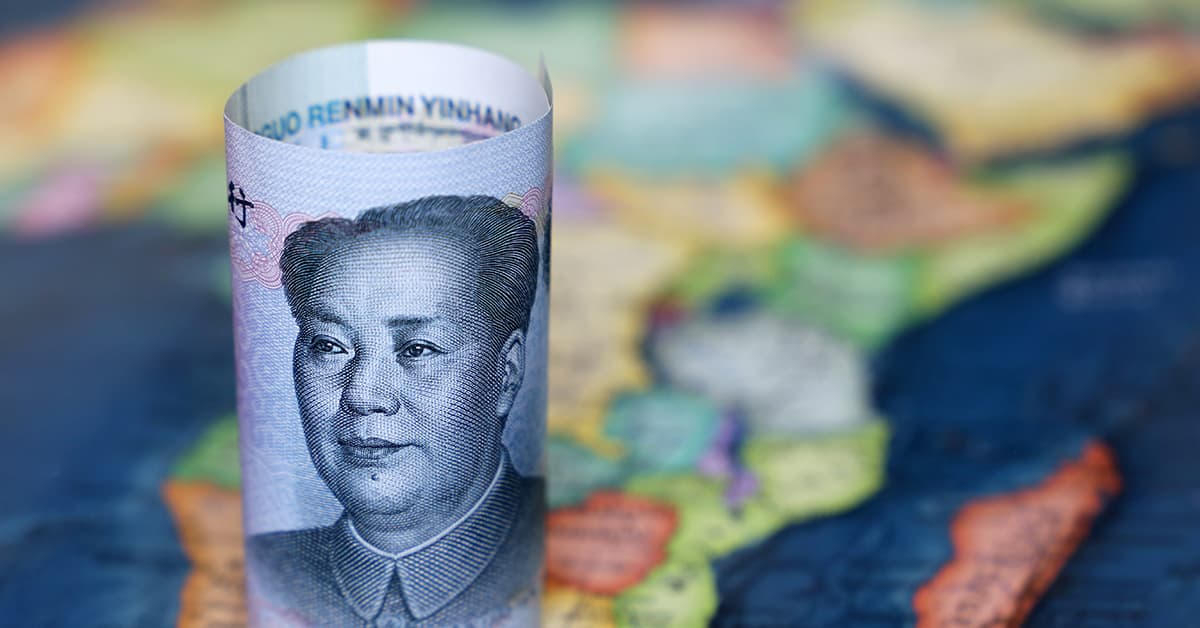China’s tactics taint trade partnerships with Africa.

When Zambia sought relief on its $17.27 billion debt owed to 44 lenders, China canceled $1.6 billion of the $5.78 billion it lent to the African nation, according to Zambia’s Ministry of Finance and National Planning.
The decision paved the way for the country to access a bailout of $1.4 billion from the International Monetary Fund (IMF) over the next three years. The IMF initially said the funds would only be disbursed if the country’s creditors agreed to a debt restructuring.
The debts have triggered a repayment crisis, paving the way for more restructuring under China’s aegis. World Bank data shows that Africa’s biggest bilateral creditor, China, held 21% of the continent’s debt in 2021. Since 2010, Chinese financial institutions have funded an average of 70 projects in Africa annually, according to India’s The Economic Times. But the projects have often proved more costly than predicted.
In July 2020, the Nigerian parliament raised the alarm over the commercial loan agreement signed with the Export-Import Bank of China, which allegedly conceded sovereignty in a $400 million loan to improve broadband infrastructure signed in 2018.
The $4 billion Addis Ababa–Djibouti Railway cost Ethiopia nearly a quarter of its 2016 budget of $12.57 billion, while the Mombasa-Nairobi line in neighboring Kenya was four times over budget. China financed 80% of the Kenyan railway and holds approximately 67% of the country’s $36.7 billion external debt, according to Kenya’s treasury.
Trap or Miscalculations?
China attracts much criticism due to a lack of transparency. Its practices, dubbed “debt-trap diplomacy” by critics, have fostered dependence on Beijing.
However, Maria Adele Carrai, an assistant professor of Global China Studies at NYU Shanghai, counters that most African countries solicit investments and financing from China for specific infrastructure projects. Beijing does not dictate how a host nation invests the credit.
“China relies on host countries’ requests, and this often leads to the poor calculation of risks and economic returns, and the construction of white-elephant projects,” she says. “However, under the increased international scrutiny and criticisms, China—including its lenders—have become much more cautious.”
Some African nations have reached the limits of their borrowing capacity, and the prospect of default looms large. The IMF lists more than 20 African countries as being in, or at high risk of, debt distress.
Currently, 18 African states are renegotiating their debts, while 12 others are talking with China to restructure approximately $28 billion in loans.
For example, in January 2021, Angola secured three years of payment relief from Chinese creditors. Africa’s second-largest oil exporter, the country is struggling to overcome a hit from the coronavirus pandemic, heavy debt-service requirements and volatility in the oil sector.
In June 2021, Chinese President Xi Jinping agreed to reschedule Congo Republic’s debt, preventing the Central African country from resuming negotiations with the IMF.
On September 6, 2018, China agreed to restructure some of Ethiopia’s debt, including the $4 billion loan for Addis Ababa–Djibouti Railway.
The country’s aid agency, and the Export-Import Bank of China, the official bilateral creditors have suspended $1.4 billion in debt service payments from 23 countries under the G20 Common Framework, according to a statement made by China Finance Minister Liu Kun Liu.
China has also made two specific commitments on debt relief, including the G-20 Debt Service Suspension Initiative for Poorest Countries—disproportionately found in Africa—reached by finance ministers and central bank governors on April 15, 2020. That saw China suspend principal repayments and interest payments starting May 1, 2020, until the end of 2020 for all IDA-eligible countries. Of the 74 poorest countries presently benefiting from IDA financing, 39 are in sub-Saharan Africa.
However, when China bails out distressed governments, it often does require the same harsh reforms as the IMF does, Bradley Parks, an executive director at research organization AidData, told the Financial Times. “It effectively kicks the can down the road and leaves it to others to solve the underlying solvency problem.”
Nevertheless, China’s two main policy banks, China Eximbank and China Development Bank have now adopted increasingly hard-line lending terms.
Tang Xiaoyang, chair of the department of international relations at Tsinghua University in Beijing, blames reckless international financial institutions for the debt stress experienced by African countries.
Since 2016, developing countries have been facing steadily rising debt pressure due to multiple external factors, including severe fiscal deficits, falling commodity prices, declining international demand, the Covid-19 epidemic and so on, according to Xiaoyang.
“International attention has largely focused on non-Western emerging lenders, for instance, China, and has put forward factually ungrounded arguments like ‘debt trap,’ while seriously undermining the impact of international bonds on sovereign debts,” he says.



